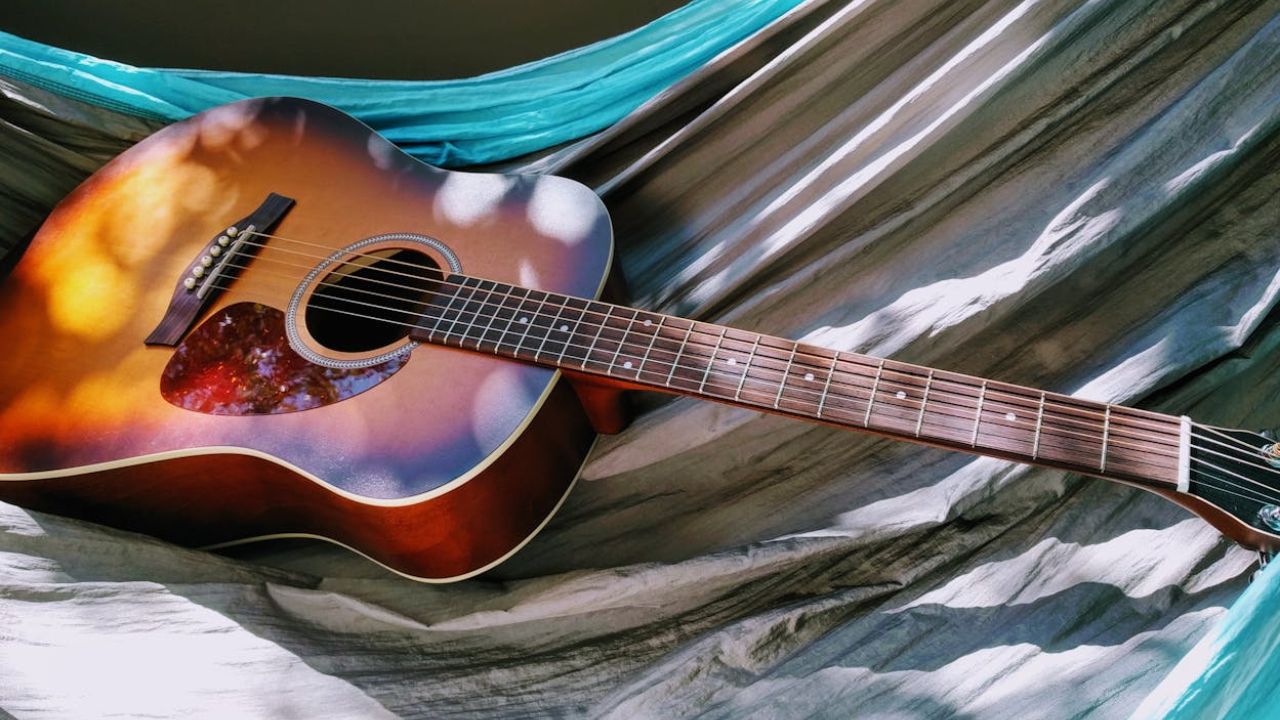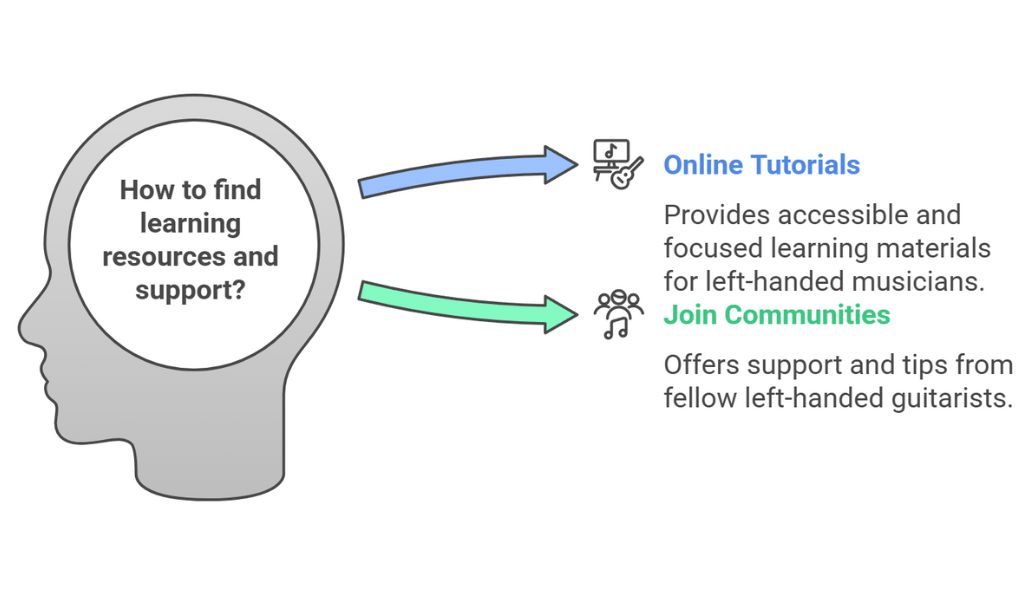Did you know that professional musicians have a higher chance of being left-handed than the general population? Many of the world’s greatest musicians, including Paul McCartney, Ringo Starr, Phil Collins, and Beethoven, played with their left hand. Despite the historic significance of left-handed musicians, they don’t have it easy.
Here are some struggles faced by left-handed guitarists and how you can manage them to give your best performance:
Mass-produced Equipment
Imagine walking into a guitar store and seeing rows upon rows of beautiful guitars of all brands, models, sizes, and designs. You move closer to get a better look and realise all of them are right-handed. You are in guitar heaven, but it is designed for right-handed people.
Upon asking, the shopkeeper might show you some left-handed options. But the chances are they might be too expensive or too bland for your taste. Many guitar manufacturers overlook the importance of making left-handed alternatives due to lower demand.
Similarly, it is difficult to find a guitar technician who is an expert in handling left-handed requirements. They may not be able to adjust your strings as per your playability and style. This is the dilemma of being a left-handed guitarist.
How to Manage Equipment Scarcity
Finding your favorite guitar model in a left-handed configuration is difficult but not impossible. Search online retailers and check their dedicated sections for left handed guitars and basses.
Many online stores allow you to get your favorite model customised as a lefty. Your guitar will be made with the same quality craftsmanship, premium tonewoods, and attention to detail. You can also visit local stores and ask for recommendations and personalised advice.
As for fixing your guitar, it is better to learn some basic techniques yourself.
Lack of Instructors
Since left-handed people are a smaller demographic, most music instructors only have the training and experience in teaching left-handed students. In addition to guitars, pianos also require a mirrored approach, which can be difficult for both students and instructors.
Most people argue that left-handed people should simply learn to play the standard way. While many lefties find it easier to learn and progress on a right-handed guitar, it is not always the case.
How to Find Resources for Learning Guitar
Instead of learning from a traditional guitar instructor, utilise online resources. You can find free tutorials and guides that focus specifically on the needs of budding left-handed musicians. Consider joining relevant communities to reach out to other left-handed guitarists for support and helpful tips.
Difference in Chord Charts
Chord charts, also known as chord diagrams, are visual representations of the guitar fretboard, showing where to place your fingers when you’re playing different chords.
While the core chord structures and the finger placement are the same for both left and right guitarists, the chord chart is primarily designed for right-handed players. The strings are in standard order [low E to high E]. However, left-handed people are bound to play with strings reversed [high E to low E].
How to Manage Chord Charts
There are many ways you can manage with right-handed chord charts. Most people recommend reversing the strings, which eliminates the need to mentally invert chord charts or diagrams.
You can also use a mirror to visualise the reversed shapes. Focus on finger placement to see how each finger should be on a fret or string. This will decrease your reliance on mirrors and help you play in varying situations.
Left-handed chord charts exist, but they are quite difficult to find. Consider learning how to read right-handed charts as early as possible. The more you practice, the easier it’ll be to play your guitar as a lefty.
Playing in Bands or Live
Whether it’s jamming with friends or performing live on stage, left-handed guitarists have to put in extra effort to maintain coordination with the rest of the players. The physical positioning of the instruments can also make it awkward for left-handed players.
Tips for Playing in a Group
The first thing you should do is position yourself on the right side of the stage. This will prevent the headstock of your instrument from colliding with the headstock of another. Headstocks are fragile, and the last thing you want is another unnecessary expense added to your worries.
Next, clearly communicate with your bandmates about your playing style and certain limitations. When practising, ask your bandmates to give feedback to help adapt your technique for a unified performance.
Moving Forward
Playing the guitar, whether left-handed or right-handed, is about expressing yourself and enjoying the journey. Continue to improve your playing skills and practice consistently. Don’t be afraid to try new methods and techniques. There’s no knowing which technique will become your personal favorite, allowing you to write your name amongst the greatest guitarists of all time.





































